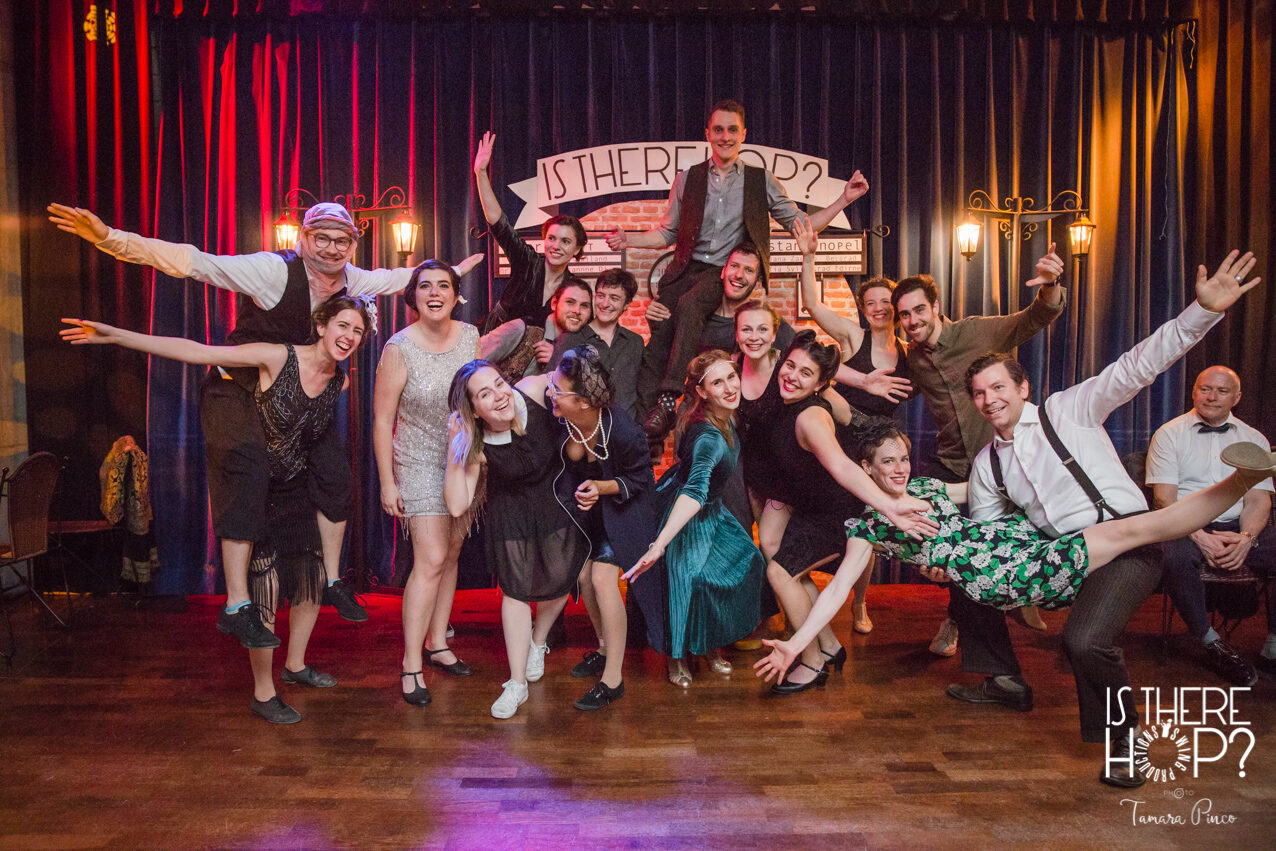The swing era was not just a musical style - it was a social phenomenon. Between the late 1920s and early 1940s, a musical landscape developed in the USA that characterised the attitude to life of an entire generation. At the centre: big bands, improvised solos, a driving rhythm - and dance.
But who were the musicians behind this unmistakable sound?
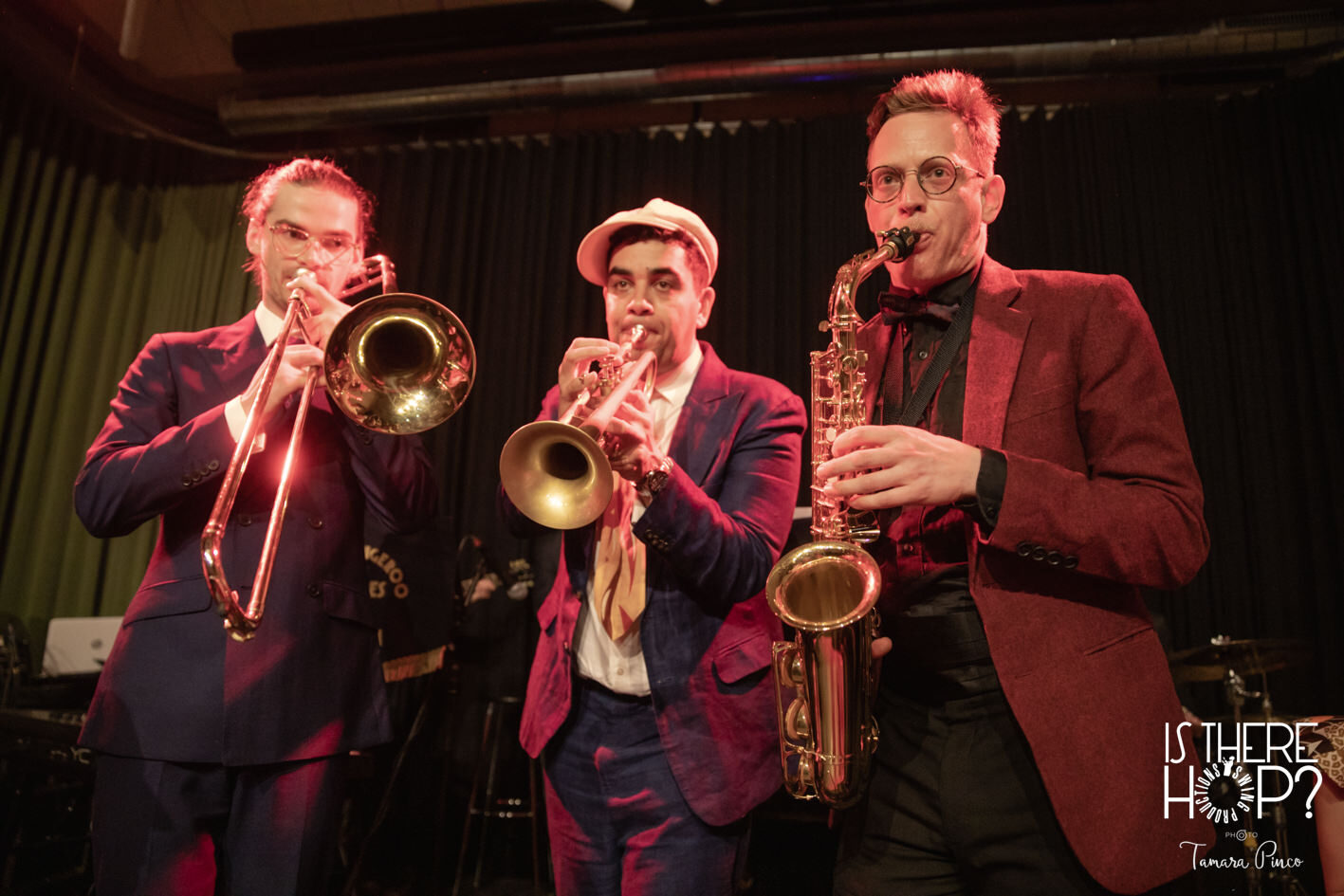
Duke Ellington - The architect of elegant swing
Edward Kennedy "Duke" Ellington was not only a bandleader, but also a composer with an unmistakable signature style. His arrangements combined classical structures with jazz elements and gave room for musical experimentation. Titles such as Take the "A" Train or It Don't Mean a Thing (If It Ain't Got That Swing) are still standard at many swing dance events today.
Count Basie - Groove in its purest form
Basie's orchestra set standards in terms of rhythm, clarity and swing feeling. His rhythm section - consisting of piano, bass, guitar and drums - became a role model for entire generations. Basie's music was often minimalist, but with perfect timing. For Lindy hoppers, his band is still indispensable today.
Benny Goodman - The King of Swing
With his clarinet, Benny Goodman became an icon of the swing era. He was one of the first white bandleaders to integrate African-American musicians into his band - an important and courageous step at the time. His legendary concert at Carnegie Hall in 1938 is considered a milestone in jazz history.
Ella Fitzgerald - The voice of swing
As a vocalist, Ella Fitzgerald gave swing her very own flavour. Her voice was precise, playful and flexible - she became particularly famous for her scat improvisations. Her recordings with the Chick Webb Orchestra and later with Duke Ellington are part of the musical foundation of the swing dance scene.
Other formative names
Of course, the swing era was rich in talent. Musicians like Fletcher Henderson, Artie Shaw, Cab Calloway, Jimmie Lunceford or Billie Holiday have also helped shape the scene - each with their own style, their own band culture, their own energy.
Why are these legends still important for swing dancers today?
Because their music was not only heard, but danced to - and still is. Her compositions form the musical backbone of the Lindy Hop, Charleston, Balboa, Shag and Solo Jazz. Many modern swing bands take their cue from these classics - or reinterpret them. So when you dance, you also enter into a dialogue with history.
The golden age of jazz was not just a musical high point - it was also a time of cultural openness, social friction and creative flourishing. The musicians of the swing era are far more than archive material - they are the living soundtrack of a dance that still connects people around the world today.
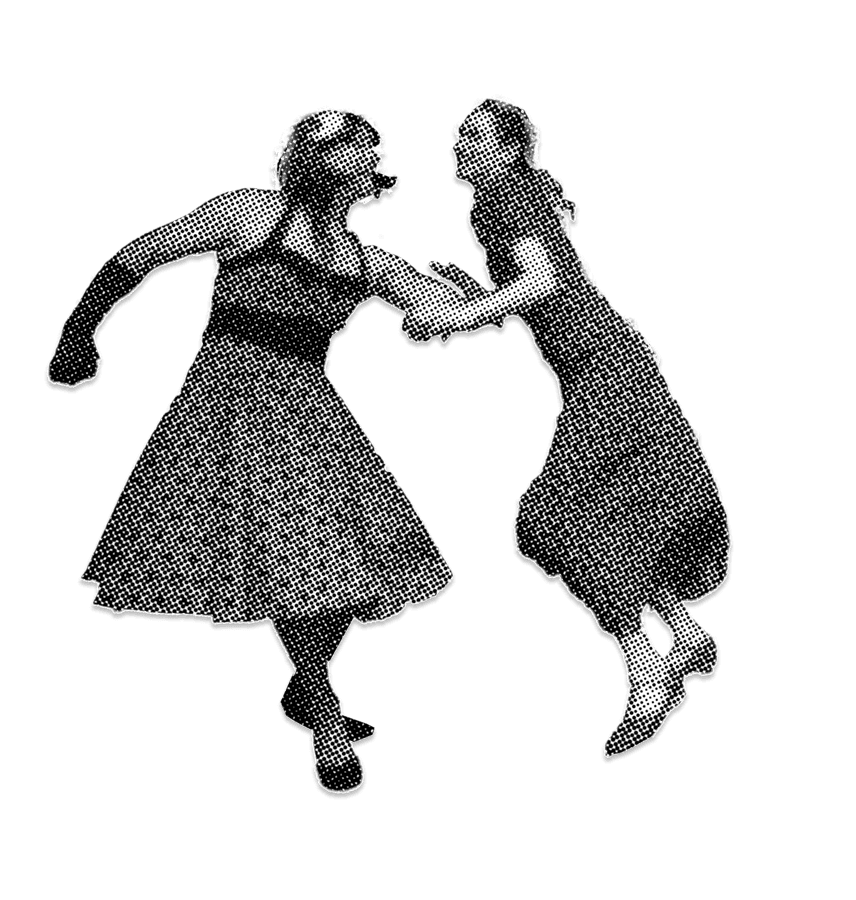
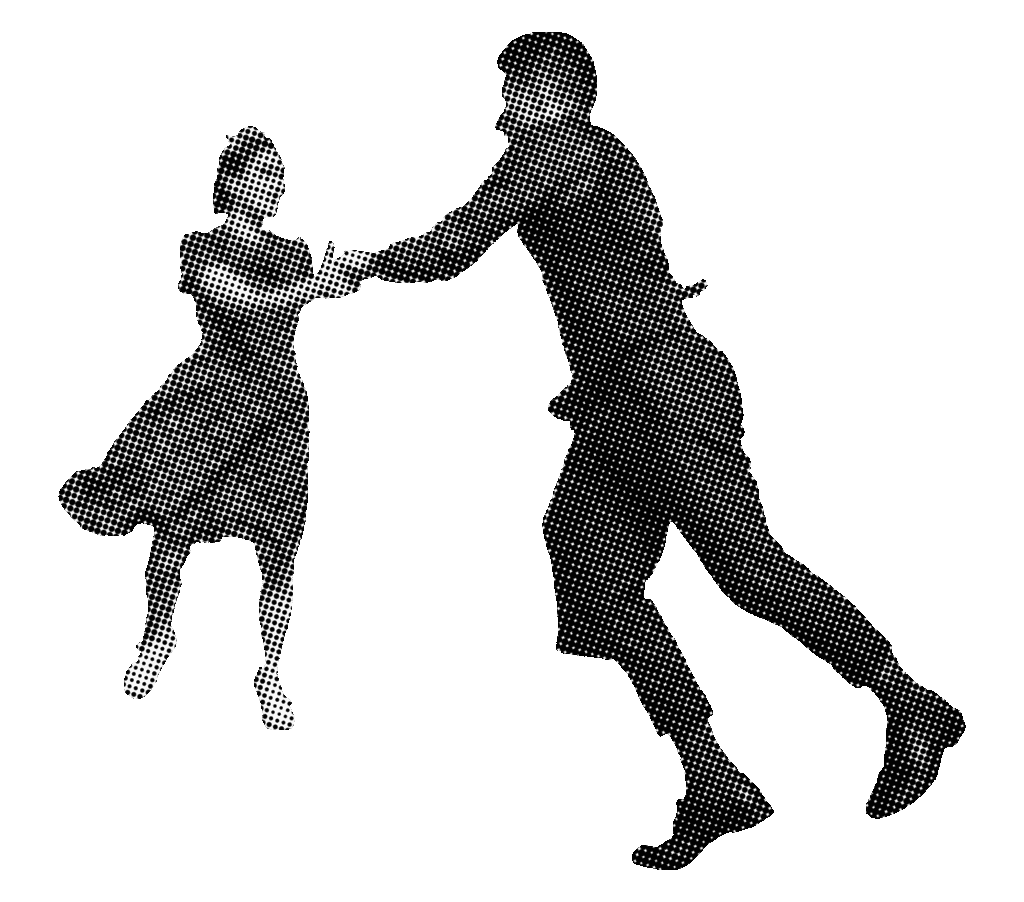
More posts
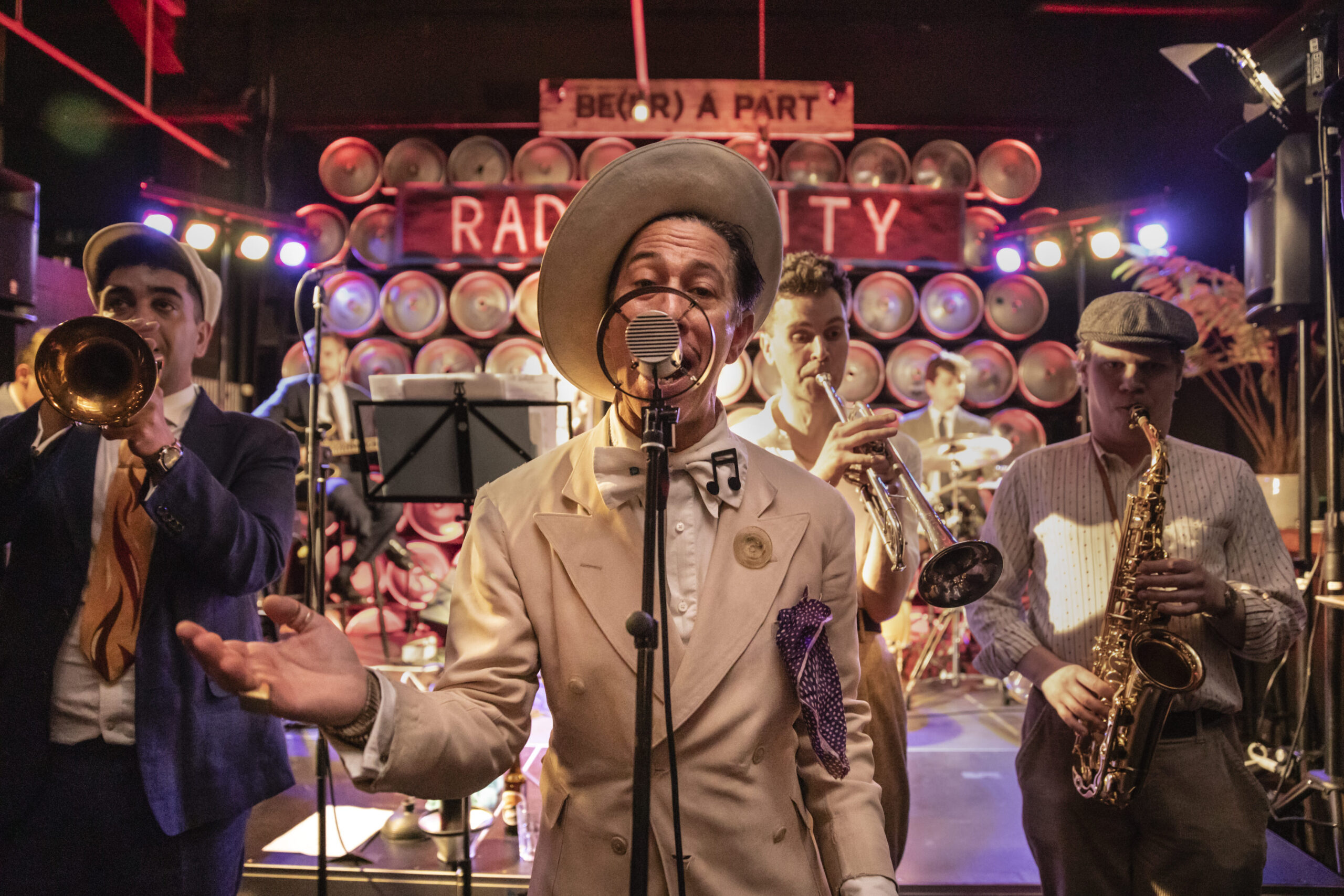
Our Lindy Hop playlists by style or tempo
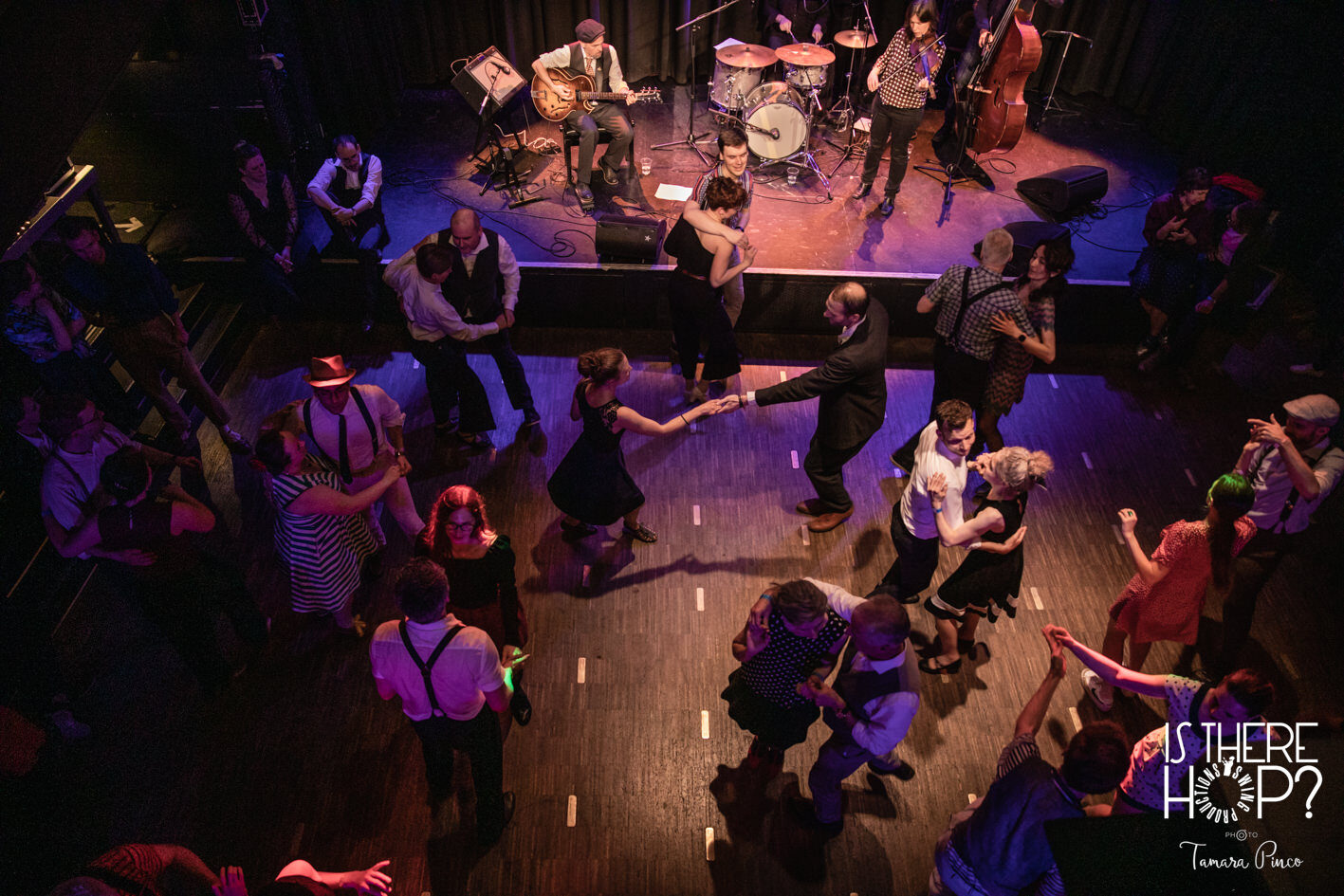
Do's and don'ts on the dance floor
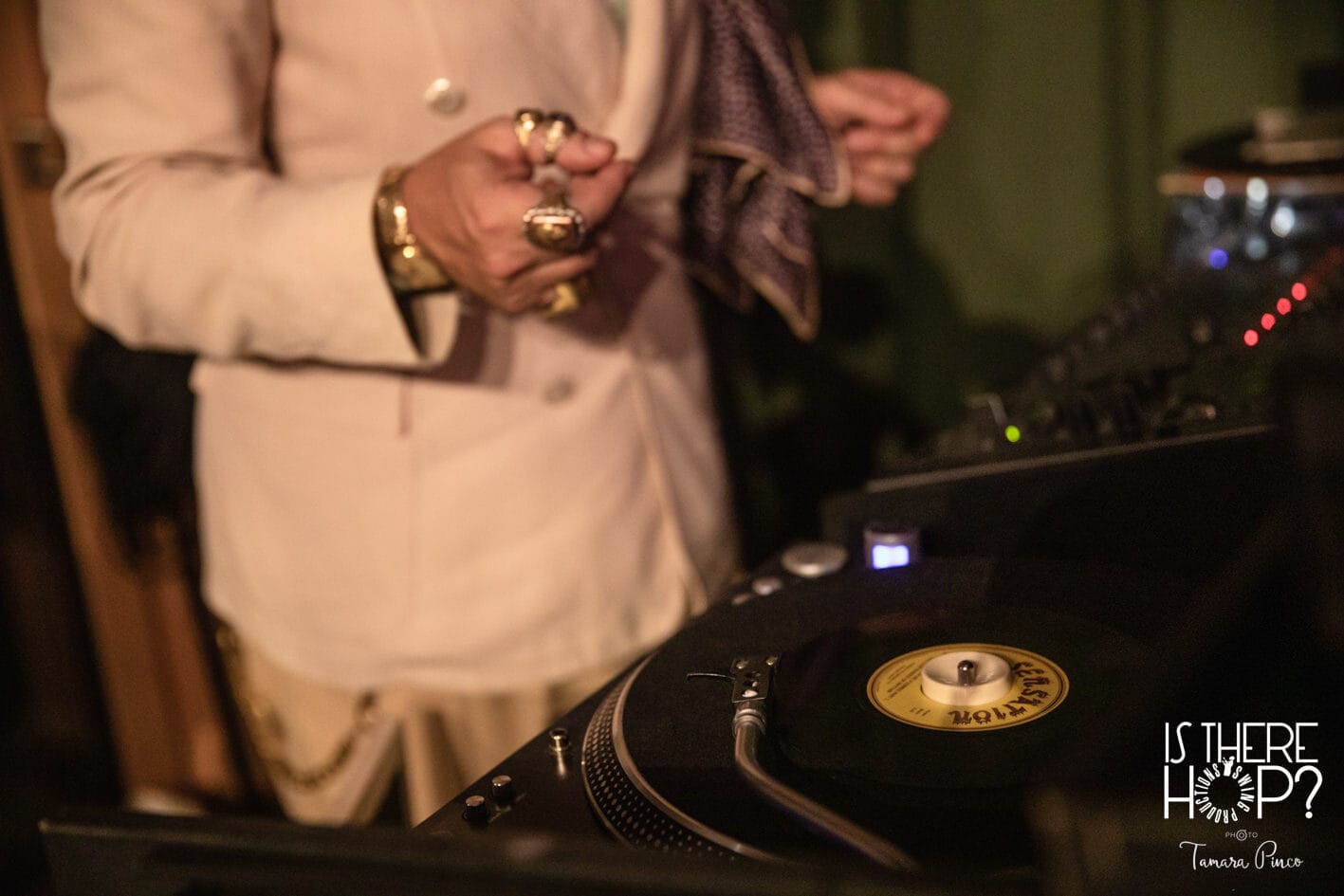
Iconic jazz tracks for swing dancers
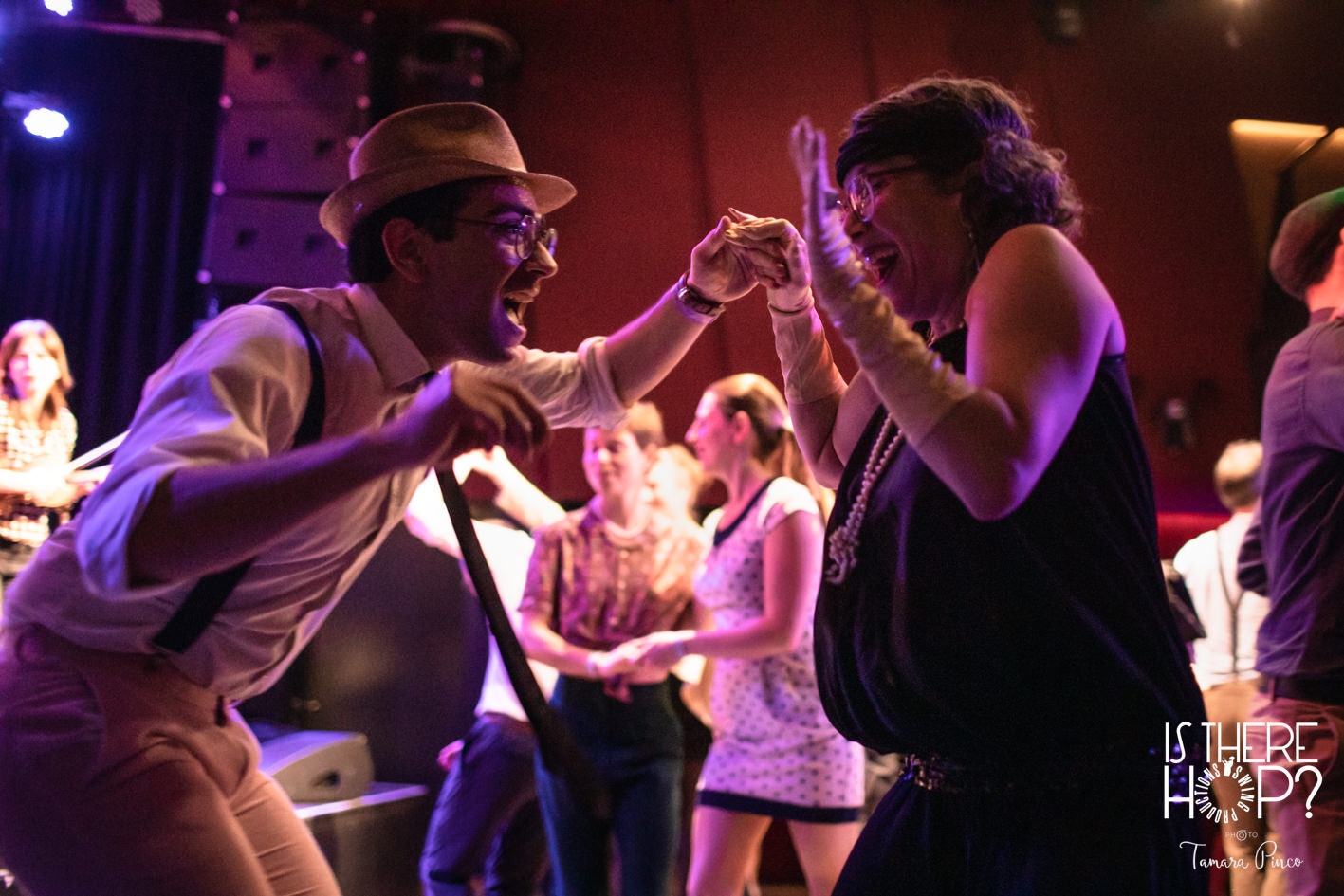
The Jazz Age Revival: Why swing dancing is making a comeback
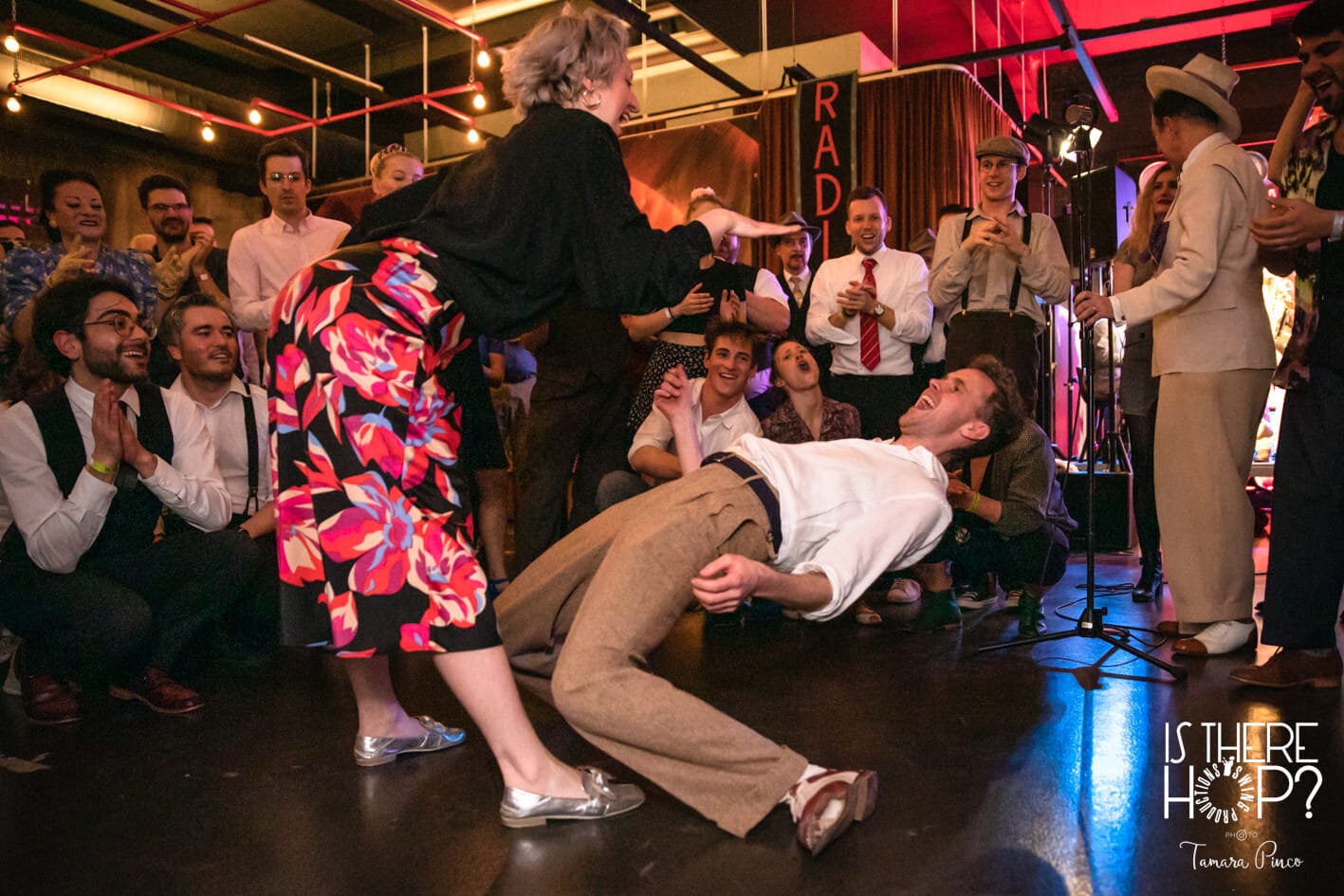
Why swing dance is the ultimate social workout
